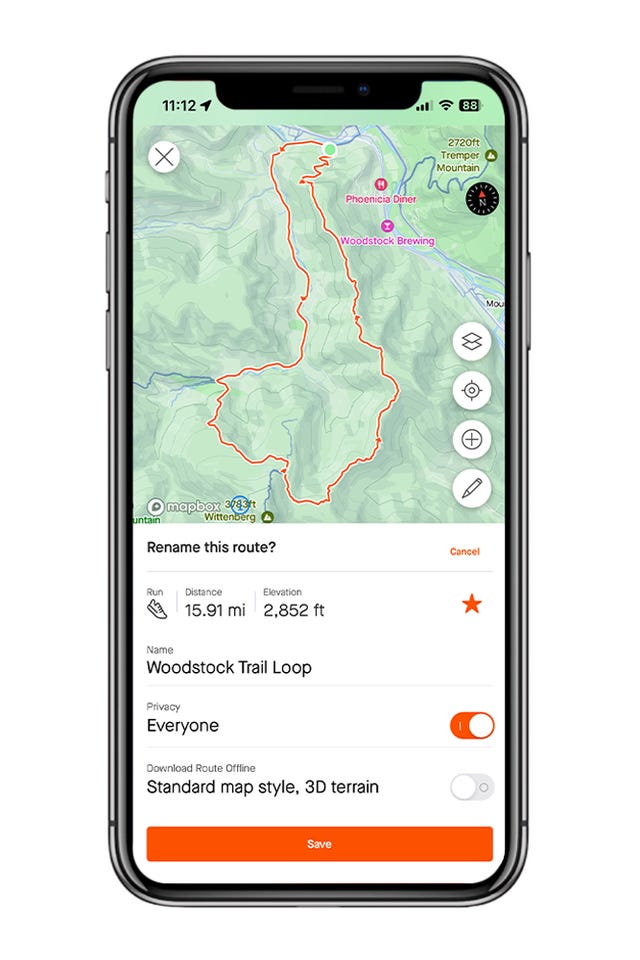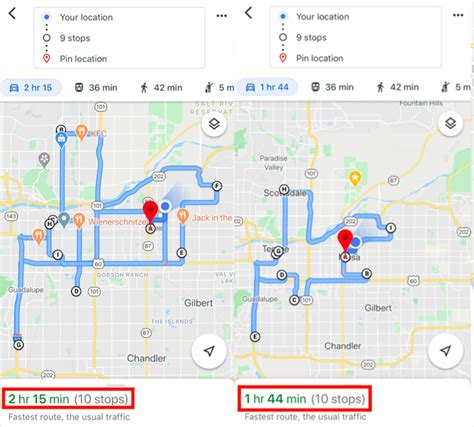How To Organise A Trip
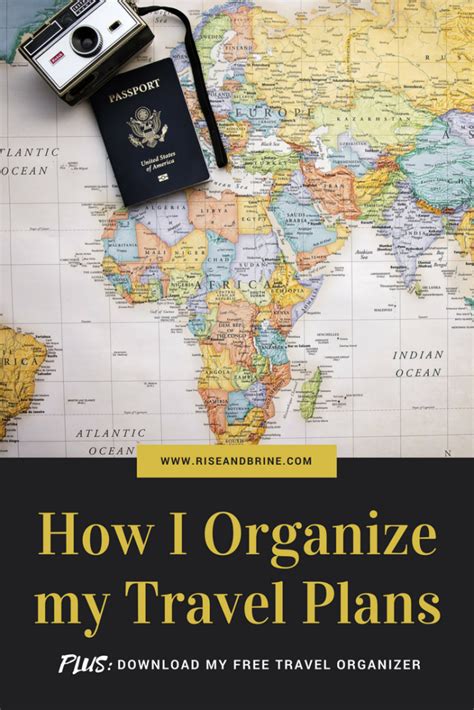
Planning a trip can be an exciting and rewarding experience, but it requires careful organization and attention to detail to ensure a smooth and enjoyable journey. From choosing the right destination to managing logistics, there are numerous aspects to consider. In this comprehensive guide, we will delve into the art of organizing a trip, providing you with expert insights and practical tips to make your travel plans a success.
1. Define Your Travel Goals and Preferences
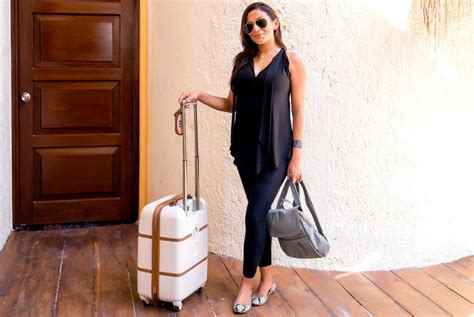
Before diving into the planning process, it’s essential to clarify your travel goals and personal preferences. Consider the following questions to shape your trip:
- What type of trip do you envision? Are you seeking a relaxing beach vacation, an adventure-filled trek, or a cultural immersion experience?
- Who will be traveling with you? Are you planning a solo trip, a couples’ getaway, or a family adventure?
- How much time and budget do you have? Determine the duration of your trip and allocate a realistic budget, considering transportation, accommodation, activities, and any other expenses.
- What are your must-have experiences? Make a list of the activities, sights, or cultural events that are non-negotiable for your trip.
By defining your travel goals and preferences, you can tailor your trip to your desires and create a personalized itinerary.
2. Choose Your Destination
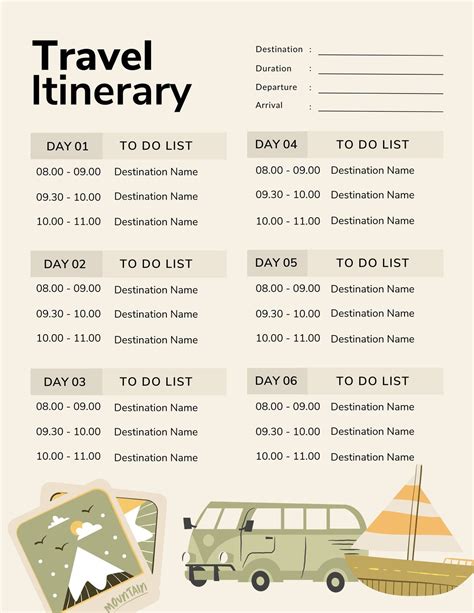
Selecting the right destination is crucial for a successful trip. Consider the following factors to make an informed decision:
- Climate and Season: Research the climate and seasons of your desired destinations. Ensure that the weather aligns with your preferred travel activities and comfort level.
- Travel Restrictions and Safety: Check the latest travel advisories and guidelines for your chosen destinations. Stay updated on any health, security, or entry requirements to ensure a safe and hassle-free journey.
- Traveler Reviews and Recommendations: Read travel blogs, forums, and reviews from fellow travelers. Their experiences and insights can provide valuable information about the destination’s attractions, accommodations, and potential challenges.
- Cultural Considerations: Explore the cultural aspects of your destination. Understand the local customs, etiquette, and any specific cultural practices that may impact your trip. Respecting and embracing the local culture can enhance your travel experience.
Destination Comparison: Paris vs. Tokyo
Let’s take a closer look at two popular travel destinations, Paris and Tokyo, to highlight the considerations when choosing your trip’s focal point.
| Destination | Climate and Season | Travel Restrictions | Traveler Recommendations |
|---|---|---|---|
| Paris | Mild summers, cool winters. Spring and fall offer pleasant weather. | Check visa requirements and health guidelines. | “The City of Love” offers iconic landmarks, exquisite cuisine, and romantic ambiance. |
| Tokyo | Humid summers, cold winters. Spring brings cherry blossom season. | Visa-free entry for many nationalities. Stay updated on COVID-19 guidelines. | “The Land of the Rising Sun” showcases modern innovation, traditional culture, and vibrant city life. |

3. Create a Detailed Itinerary
A well-planned itinerary is the backbone of a successful trip. It ensures you make the most of your time and budget while accommodating your preferred activities and experiences. Here’s how to create a comprehensive itinerary:
- Research Attractions and Activities: Compile a list of must-see attractions, museums, cultural events, and adventure activities specific to your destination. Prioritize the experiences that align with your travel goals.
- Estimate Travel Times: Calculate the travel times between each location or activity. Consider the mode of transportation and potential traffic or delays. This will help you plan your daily schedule effectively.
- Book Accommodations: Secure suitable accommodations for your entire trip. Research and compare options based on location, amenities, and reviews. Consider booking through reputable travel websites or directly with hotels to find the best deals.
- Plan Transportation: Determine the most efficient and cost-effective ways to travel between destinations. Consider flights, trains, buses, or rental cars. Book your transportation in advance to avoid last-minute surprises.
- Reserve Activities and Tours: If you plan to participate in popular activities or guided tours, make reservations in advance. This ensures availability and often provides discounted rates.
- Build Flexibility: While a detailed itinerary is essential, leave some room for flexibility. Unforeseen circumstances or unexpected discoveries may arise, so allow for some spontaneity to enhance your travel experience.
Sample Itinerary: Exploring Barcelona
Here’s a sample daily itinerary for a 5-day trip to Barcelona, showcasing a mix of cultural experiences, culinary delights, and adventurous activities.
- Day 1: Arrival and Orientation
- Check into your accommodation and get acquainted with the city.
- Visit La Boqueria Market for a taste of local produce and cuisine.
- Explore the Gothic Quarter and discover hidden gems.
- Day 2: Cultural Immersion
- Visit the Sagrada Familia, an iconic architectural masterpiece.
- Explore the Picasso Museum and learn about the artist’s early works.
- Enjoy a traditional Catalan dinner at a local restaurant.
- Day 3: Beach and Adventure
- Spend the morning at Barceloneta Beach for sunbathing and swimming.
- Take a cable car ride to Montjuïc Castle for panoramic city views.
- Indulge in a seafood paella dinner at a seaside restaurant.
- Day 4: Day Trip to Montserrat
- Embark on a day trip to Montserrat Mountain.
- Hike to the iconic Santa Cova Shrine and enjoy the peaceful surroundings.
- Taste local wines and cheeses at a traditional Catalan winery.
- Day 5: Departure and Last-Minute Exploration
- Take a leisurely stroll through the Born District, known for its boutique shops and cafes.
- Enjoy a final tapas lunch before departing.
4. Handle Logistics and Practicalities
Managing the practical aspects of your trip is crucial to ensure a stress-free journey. Here are some key considerations:
- Passports and Visas: Ensure your passport is valid and up-to-date. Research and obtain any necessary visas or travel permits well in advance.
- Travel Insurance: Protect yourself and your belongings by purchasing travel insurance. It provides coverage for medical emergencies, trip cancellations, and lost or stolen items.
- Currency and Exchange: Familiarize yourself with the local currency and exchange rates. Consider carrying a mix of cash and cards for your convenience.
- Travel Documentation: Gather and organize all essential travel documents, including flight tickets, hotel reservations, and activity confirmations. Keep digital and physical copies for easy access.
- Communication and Connectivity: Research and purchase a local SIM card or consider a global roaming plan to stay connected during your trip. Ensure your devices are compatible with local networks.
- Health and Safety: Prioritize your well-being by staying updated on health guidelines and travel advisories. Pack essential medications and first-aid supplies. Consider travel vaccinations if recommended for your destination.
Practical Tip: Packing Light
Traveling with a light backpack or suitcase can enhance your mobility and reduce stress. Here are some tips for packing efficiently:
- Create a Packing List: Make a comprehensive list of essentials based on your itinerary and destination. Include clothing, toiletries, electronics, and any specific items for your activities.
- Roll and Compress: Roll your clothes tightly to save space and prevent wrinkles. Use compression bags or vacuum-sealed bags to maximize storage.
- Utilize Packing Cubes: Packing cubes help organize your belongings and make accessing items easier. They also compress your items, allowing you to fit more into your luggage.
- Travel-Sized Essentials: Opt for travel-sized versions of toiletries and cosmetics to save space and comply with airport regulations.
- Wear Your Bulkiest Items: Wear your heaviest and bulkiest items on the plane or during travel to save luggage space.
5. Embrace the Journey

As you embark on your organized trip, remember to embrace the journey and immerse yourself in the local culture. Here are some final tips to enhance your travel experience:
- Stay Open-Minded: Be open to new experiences, tastes, and interactions. Embrace the unexpected and allow yourself to be surprised.
- Connect with Locals: Engage with the locals and learn about their culture and way of life. Attend local events, join walking tours, or strike up conversations to gain authentic insights.
- Support Local Businesses: Patronize local restaurants, shops, and tour operators. Your support contributes to the local economy and enhances your connection to the community.
- Practice Sustainable Travel: Adopt eco-friendly practices during your trip. Reduce single-use plastics, support sustainable tourism initiatives, and respect the natural environment.
- Document Your Journey: Capture memories through photography, journaling, or video. Documenting your experiences allows you to relive the magic and share your adventures with others.
Frequently Asked Questions
How early should I start planning my trip?
+The timing of your trip planning depends on several factors, including the destination, season, and complexity of your itinerary. As a general guideline, it’s recommended to start planning at least 3-6 months in advance for international trips and 1-3 months for domestic trips. This allows ample time to research, book accommodations and activities, and handle any necessary logistics.
What are some tips for finding affordable flights and accommodations?
+To find affordable flights, consider the following strategies:
- Use flight comparison websites and apps to compare prices across different airlines and travel dates.
- Be flexible with your travel dates and explore alternative airports or nearby cities for better deals.
- Sign up for travel deal newsletters or follow travel bloggers who share flight sale alerts.
- Consider flying during off-peak seasons or opting for budget airlines for lower fares.
How can I stay safe while traveling solo?
+Traveling solo can be an empowering and rewarding experience, but it’s essential to prioritize your safety. Here are some tips:
- Research your destination thoroughly, including local laws, customs, and potential risks.
- Inform someone back home about your travel plans and regularly check-in with them.
- Carry a personal safety device, such as a whistle or pepper spray, and know how to use it.
- Stay in well-lit and secure areas, especially at night. Avoid walking alone in isolated or unfamiliar places.
- Trust your instincts and be cautious of any suspicious behavior or situations.
What are some essential items to pack for any trip?
+Here’s a list of essential items to consider packing for any trip:
- Comfortable and versatile clothing suitable for your destination’s climate.
- A lightweight, water-resistant jacket or umbrella.
- Comfortable walking shoes and a pair of dress shoes or sandals.
- Toiletries and any necessary medications.
- A reusable water bottle and a travel-sized first-aid kit.
- A small backpack or crossbody bag for daily essentials.
- A portable charger and international adapters for electronics.
- A copy of your travel documents and emergency contact information.
How can I make the most of my time at each destination?
+To maximize your time at each destination, consider these tips:
- Create a realistic daily itinerary with a mix of must-see attractions and flexible activities.
- Explore off-the-beaten-path locations and local gems beyond the tourist hotspots.
- Connect with locals or join walking tours to gain insider knowledge and unique experiences.
- Consider hiring a local guide for a personalized and immersive experience.
- Take your time and savor the local cuisine, trying different restaurants and street food options.
- Prioritize quality over quantity and focus on creating memorable moments.
